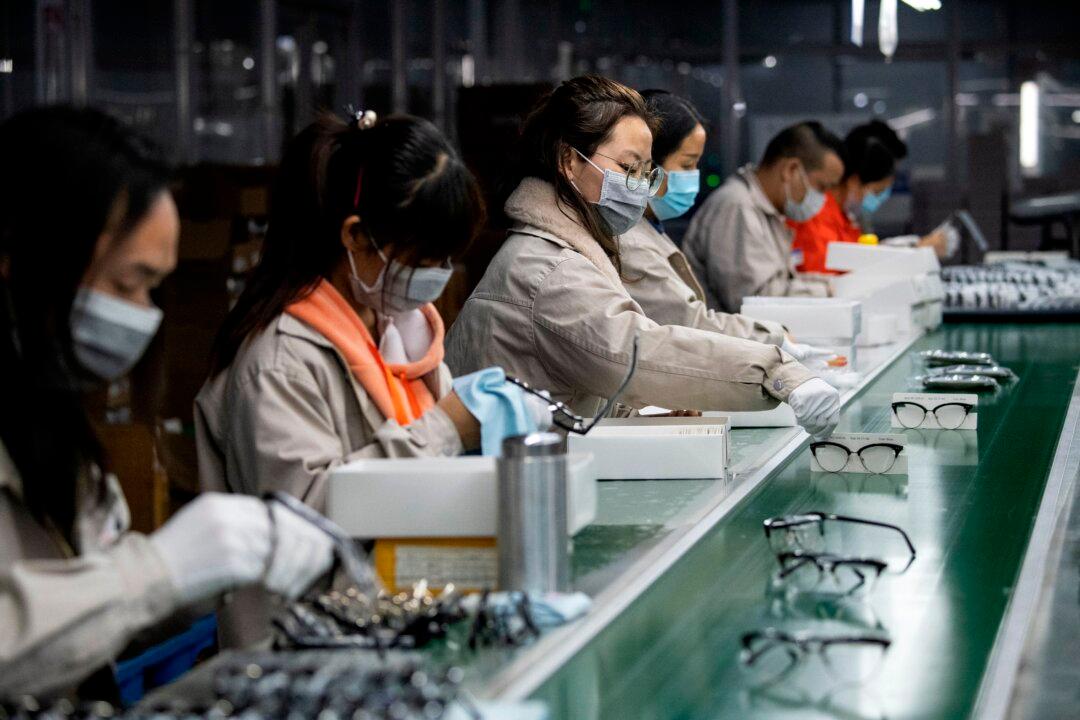News Analysis
The manufacturing supply chain shift away from China, which commenced during the U.S.-China trade war, is gaining critical mass amid the coronavirus crisis.

The manufacturing supply chain shift away from China, which commenced during the U.S.-China trade war, is gaining critical mass amid the coronavirus crisis.